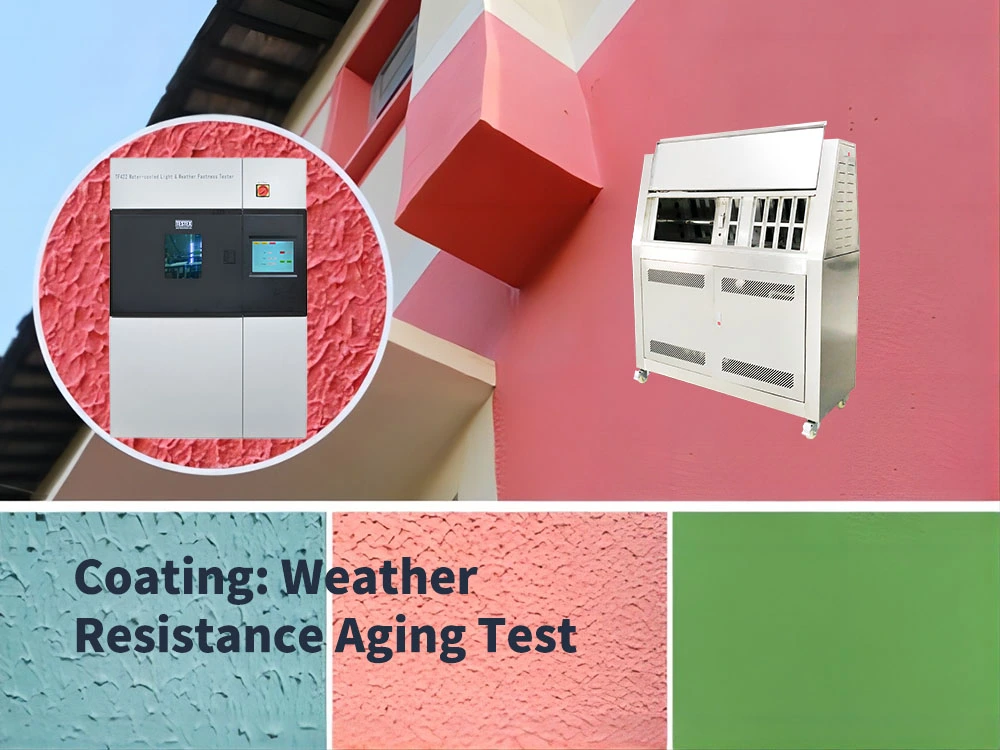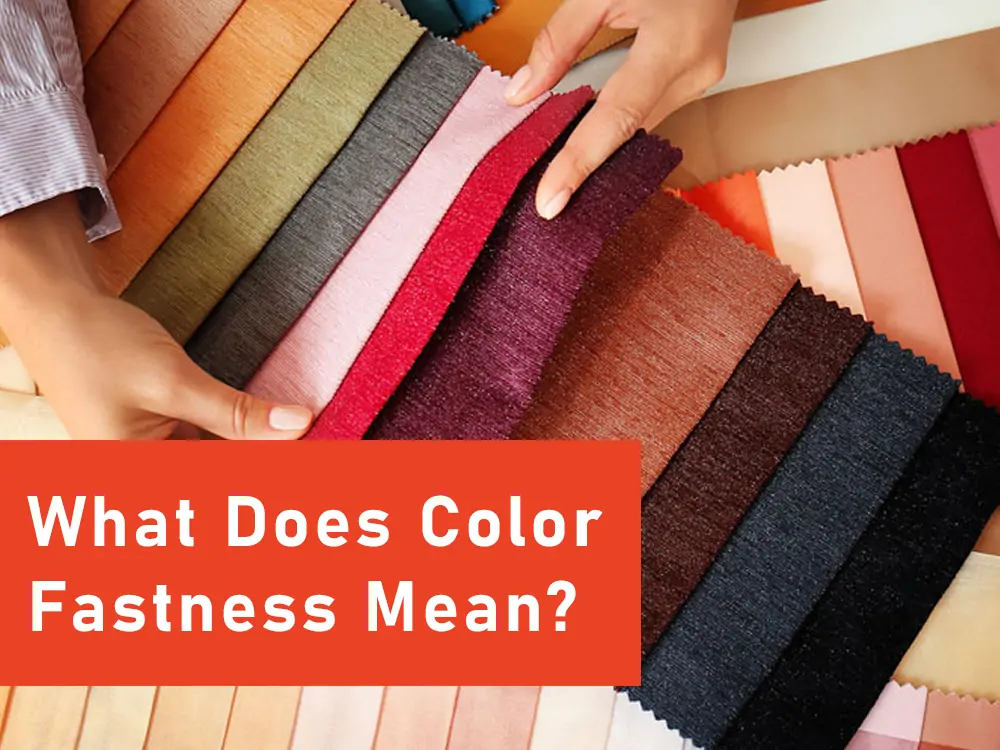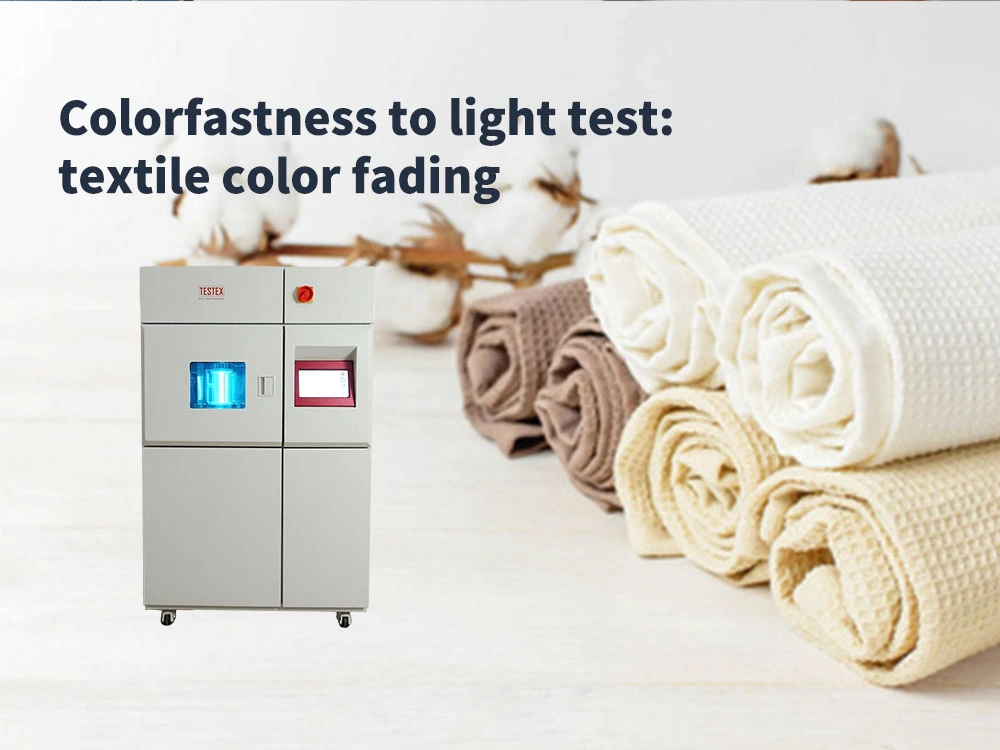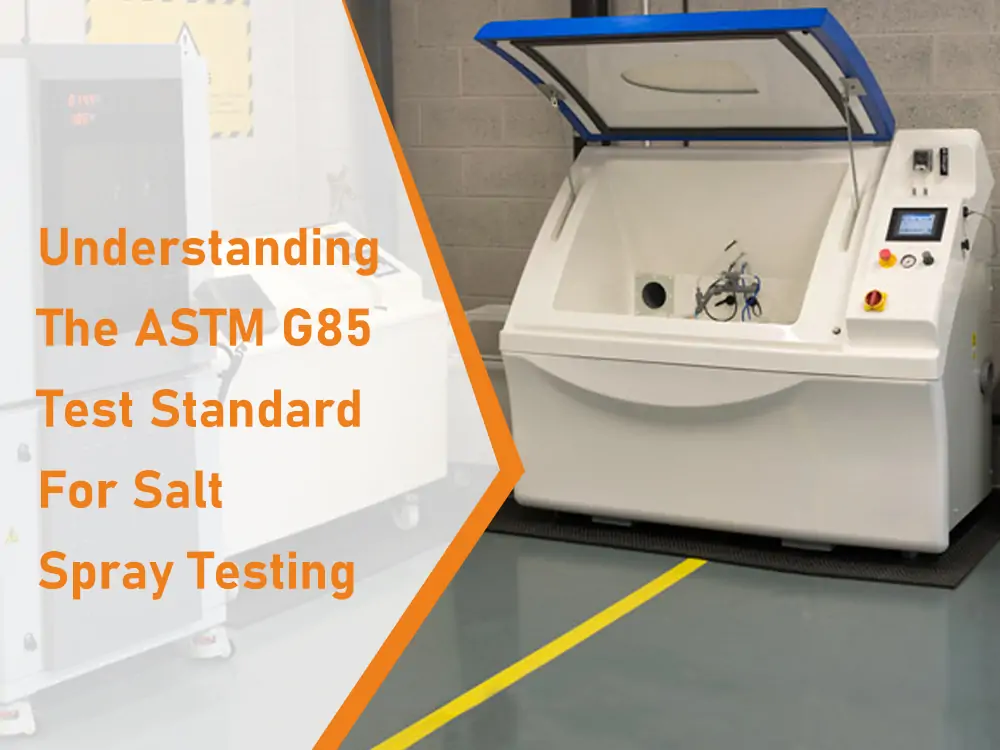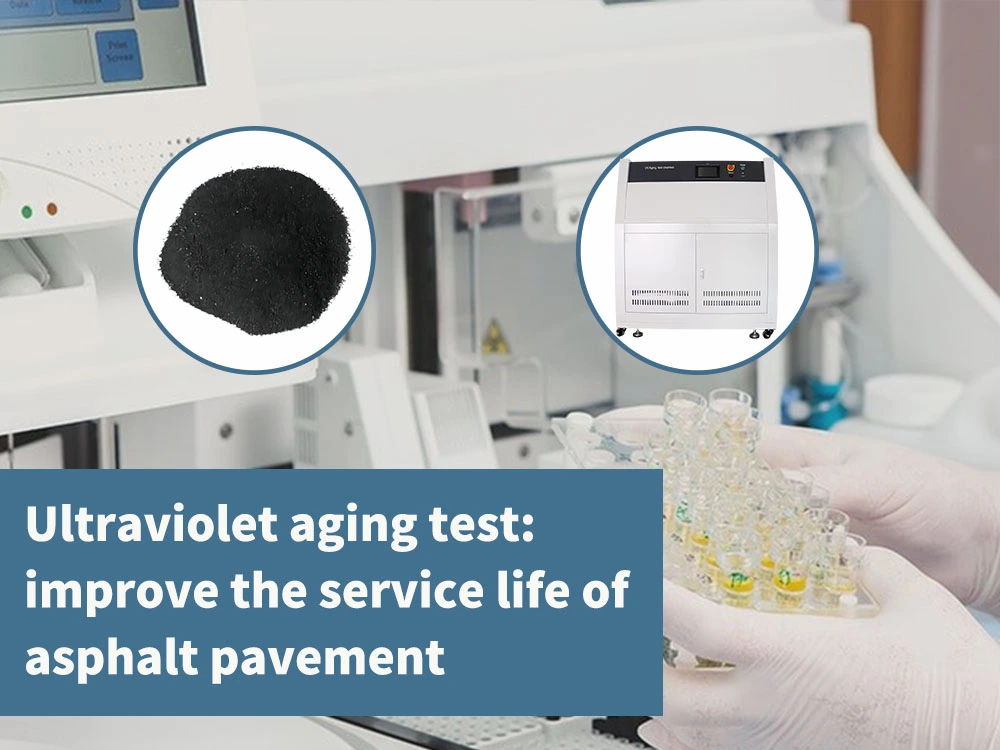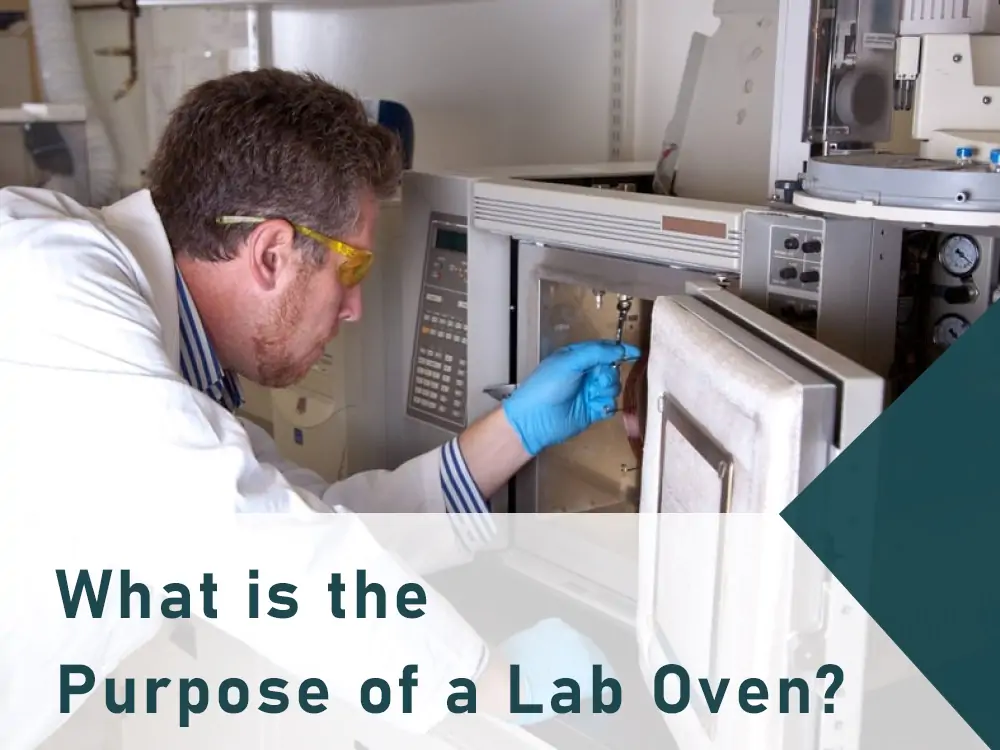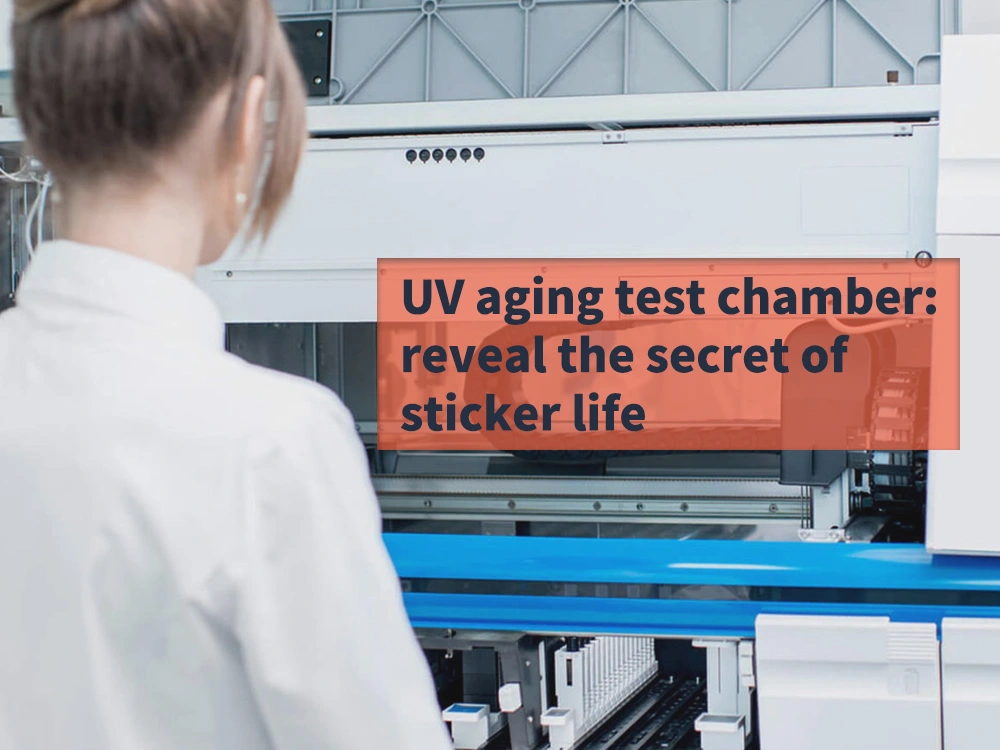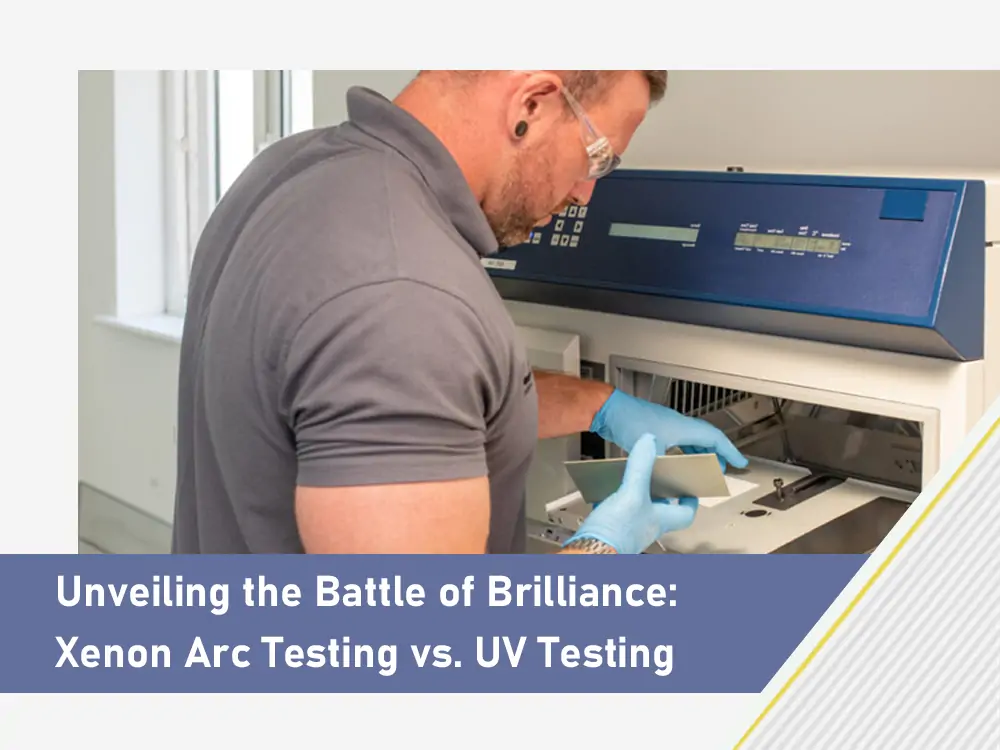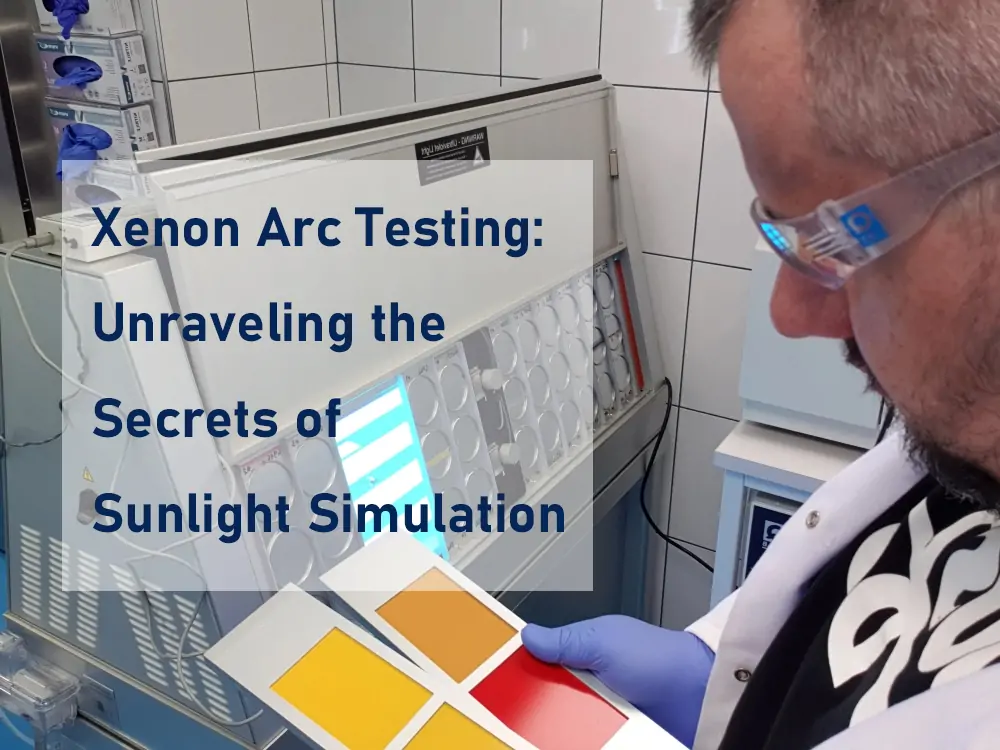This article provides a comprehensive overview of weather resistance aging tests for coatings. The piece elaborates on test methods, including natural exposure and artificially accelerated aging tests, utilizing equipment like UV, xenon lamp, and carbon arc lamp aging testers. Standards such as ASTM G53, G154, and G155 are mentioned for aging resistance test benchmarks.
Color fastness is how well a fabric’s color protects against washing, sunlight, and friction. It measures resistance to fading or bleeding. Also, It ensures the longevity and integrity of the fabric’s color under different conditions. It measures how fast or permanent a color is on the fabric.
This blog post discusses the importance of colorfastness to light testing in textiles, particularly focusing on the fading of colors when exposed to sunlight. It outlines the precautions and procedures involved in conducting such tests. Additionally, it explains the principles, methods, and equipment used in light color fastness testing, both natural and artificial. The post also offers methods for improving color fastness, such as selecting appropriate dyes and managing the dyeing process effectively.
This article provides the reader with a comprehensive understanding of the ASTM G85 test standard, including its principles, applications, strengths, and weaknesses.
This article talks about applying a UV aging test chamber in asphalt. Through the ultraviolet aging test, you can estimate the life span of the asphalt. Extend the life of asphalt by adjusting its formula.
A Lab oven plays a pivotal role in various scientific and industrial settings. It ensures precise temperature.
The ultraviolet aging test instrument plays a crucial role in testing stickers. This article provides a detailed introduction to using the UV aging test chamber. It highlights vital performance aspects when testing stickers, including degree of fading, durability, water resistance, and adhesion.
This article compares xenon testing to UV testing. Explore differences in time requirements, durability assessment, costs, efficacy, spectral output, and applications. Understand how Xenon testing excels in simulating long-term outdoor exposure. UV testing focuses on immediate resistance to UV radiation. Uncover the benefits and limitations of each method. This will help you make informed decisions for material testing and product development.
This article provides a detailed guide on how to make environmental test chambers more energy-efficient. It covers various aspects, including positioning, checking seals, regular defrosting, reducing door openings, periodic cleaning, careful drying, rational layout, temperature and humidity control, energy-efficient lighting, equipment maintenance, proper loading, automation control, selecting optimal working hours, energy efficiency assessment, and operator training.
This article explains the principles, equipment, and applications in industries such as automotive, textiles, and electronics. You will learn about the advantages and disadvantages of Xenon testing. You will also discover the advancements that are shaping the future of weathering tests. This powerful tool ensures that products can withstand the test of time in different environmental conditions.
